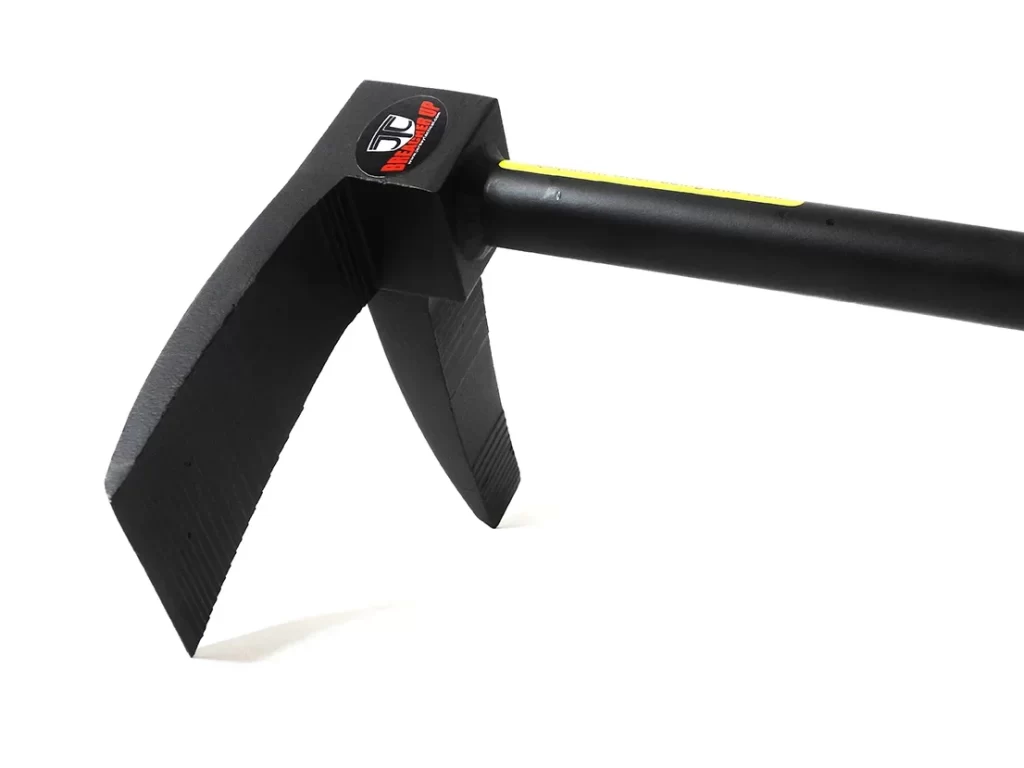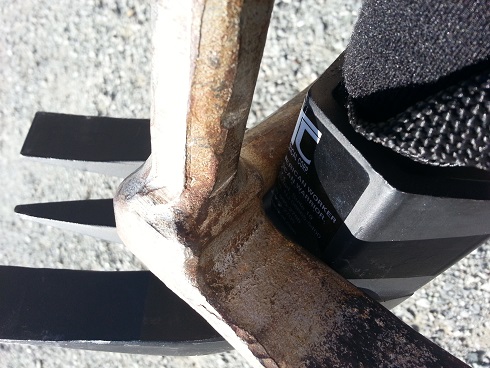Ballistic shields are a critical piece of defensive equipment used by law enforcement, military personnel, and security forces to provide protection from gunfire and other threats. These shields are specifically designed to stop or deflect bullets and fragments from handguns, rifles, and explosives. Their effectiveness depends on the materials used in their construction, which need to balance durability, strength, and weight. In this article, we will explore the key materials that ballistic shields are made of, their properties, and how they contribute to the overall functionality of the shield.
Common Materials Used in Ballistic Shields
Ballistic shields are typically made from a combination of high-performance materials that can withstand the impact of bullets and shrapnel. The most commonly used materials include:
- Ultra-High-Molecular-Weight Polyethylene (UHMWPE)
- Kevlar (Aramid Fiber)
- Ceramic
- Aluminum
- Steel
Each of these materials has its own advantages, depending on the specific requirements of the shield.
1. Ultra-High-Molecular-Weight Polyethylene (UHMWPE)
UHMWPE is a lightweight, high-strength material that is increasingly used in the construction of ballistic shields. It is made from very long chains of polyethylene molecules, which provide an incredibly strong and durable structure. UHMWPE is favored for ballistic shields because:
- Lightweight: It offers excellent protection without adding too much weight, making it ideal for shields that need to be portable and easy to maneuver.
- High Impact Resistance: UHMWPE can absorb the energy from bullets and shrapnel without shattering or fragmenting.
- Durability: It is highly resistant to chemicals, moisture, and UV light, which ensures long-lasting performance in a variety of environments.
Because of its strength-to-weight ratio, UHMWPE is often used in lightweight ballistic shields that still provide protection against high-caliber rounds.
2. Kevlar (Aramid Fiber)
Kevlar is one of the most well-known materials in the ballistic protection industry. It is a synthetic fiber known for its incredible strength and resistance to impact. Kevlar is often used in conjunction with other materials in ballistic shields for several reasons:
- Tensile Strength: Kevlar fibers are extremely strong, allowing them to stop bullets by spreading the impact force over a larger area. This prevents penetration and reduces blunt trauma to the shield user.
- Flexibility: Kevlar can be woven into fabrics that maintain flexibility, making it ideal for shields that require some level of mobility or for users who need to move quickly.
- Heat Resistance: Kevlar can withstand high temperatures, which is beneficial for environments where the shield might be exposed to fire or explosive heat.
Although Kevlar offers excellent protection, it can be heavier than UHMWPE, especially when designed to stop high-caliber rounds.
3. Ceramic
Ceramic plates are frequently used in ballistic shields to provide protection against high-velocity rifle rounds. Ceramic materials are effective because they break up and disperse the energy of a bullet upon impact. The key characteristics of ceramic in ballistic shields include:
- High Hardness: Ceramic is incredibly hard, which allows it to fracture and break up incoming projectiles before they penetrate deeper layers of the shield.
- Rifle-Round Protection: Ceramic plates are particularly useful for stopping rifle rounds, including armor-piercing bullets.
- Layered Design: In most ballistic shields, ceramic is layered over a softer material like Kevlar or UHMWPE, which catches the bullet fragments after the ceramic breaks them up.
While ceramic provides excellent ballistic protection, it is heavier and more brittle than other materials. This means that shields made with ceramic plates may need to be replaced after stopping multiple rounds.
4. Aluminum
Aluminum is sometimes used in ballistic shields due to its relatively lightweight properties and ability to provide adequate protection against lower-velocity threats. It offers several advantages:
- Corrosion Resistance: Aluminum is naturally resistant to rust and corrosion, making it suitable for use in harsh environments.
- Malleability: Aluminum can be shaped easily during the manufacturing process, allowing for various shield designs and customizations.
However, aluminum is typically not as effective against high-caliber or armor-piercing rounds as ceramic or UHMWPE, and shields made primarily from aluminum are usually intended for lower-threat scenarios.
5. Steel
Steel is one of the oldest materials used for ballistic protection. While not as common in modern shields due to its weight, steel still offers some unique advantages:
- Incredible Strength: Steel can stop a wide range of bullets, including some that can penetrate other materials.
- Durability: Steel shields can take multiple hits without losing their structural integrity, making them reliable for repeated use in certain conditions.
- Cost-Effective: Steel is often less expensive than advanced materials like ceramic and UHMWPE.
The downside of steel is its weight. Ballistic shields made of steel are typically much heavier than those made from other materials, making them harder to carry and maneuver. Steel shields are often used in situations where the shield can be mounted or where mobility is not a primary concern.
Factors That Influence Material Selection
The material used in a ballistic shield depends on several factors:
- Threat Level: The type of projectiles the shield is expected to stop will heavily influence material choice. High-caliber rifle rounds, for example, require ceramic or composite materials, while shields for lower-level threats might use Kevlar or aluminum.
- Weight Considerations: Shields that need to be carried or used for extended periods need to be lightweight. UHMWPE and Kevlar are preferred for their balance between protection and weight, while steel and ceramic, though effective, can be much heavier.
- Mobility: A lighter shield allows for faster movement and better tactical positioning. This is critical for shields used by law enforcement and military units in dynamic situations, like active shooter responses.
- Durability: Some materials, like ceramic, may need to be replaced after stopping multiple rounds, while others, like steel, can withstand more hits without losing effectiveness.
- Cost: Advanced materials like UHMWPE and ceramic can be expensive, so budget considerations may also play a role in material selection for large-scale procurement.
Ballistic shields are made from a variety of materials, each offering unique benefits depending on the threat level and operational requirements. UHMWPE, Kevlar, ceramic, aluminum, and steel all have roles to play in modern shield design, with a balance between weight, protection, and cost guiding material choice. By understanding the properties of these materials, organizations can select the right ballistic shields to protect personnel in critical, life-threatening situations.



